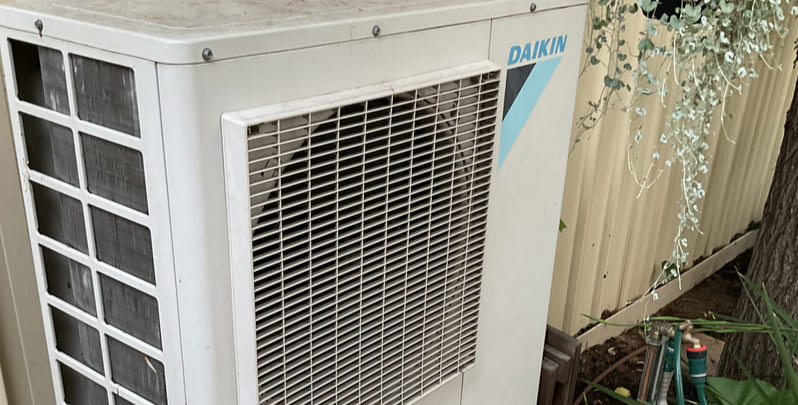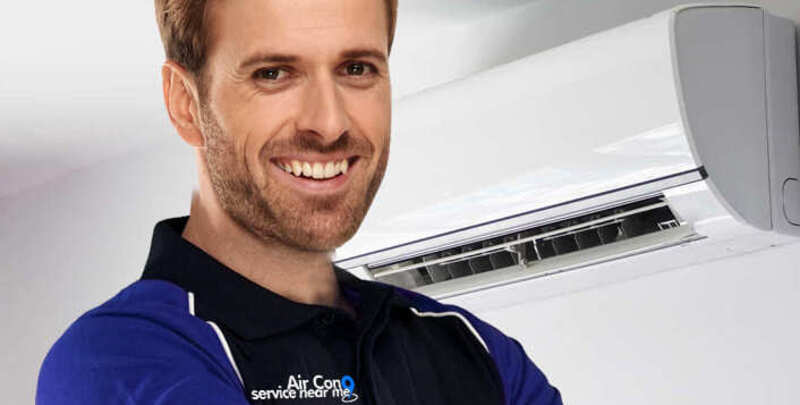When you’re looking to cool your whole home or an entire building, the “multi-head split system vs ducted air conditioners” decision will no doubt come up. For many people, weighing up the two can be tough as there are several factors to consider. Both work well at heating and cooling multiple rooms at once, but they are notably different in design, functionality and cost.
So which of the two options will deliver optimal performance and energy savings for your home? This depends largely on your needs, budget and the house layout. With key factors like energy efficiency, running costs and installation to consider, understanding the differences will help you make the right decision. And our air conditioning specialist team is here to help.
What is Multi-Head Split System Air Conditioning?
A multi-head split system differs from the more familiar single split system by conditioning the air in multiple areas in your home rather than just a single room. It features one outdoor unit connected to several indoor units installed throughout the house. Each indoor unit works independently of the other which allows every occupant of the house to set different temperatures to suit their needs.
For air conditioners that use inverter technology, these systems become even more cost-effective and energy-efficient so you’ll be comfortable all year round. The compact design is ideal for homes with limited space as the wall-mounted units blend in with your décor.

What is a Ducted Air Conditioning System?
The ducted air conditioning system is equally as capable of ensuring consistent temperatures throughout the entire house. One of the more popular heating and cooling solutions in Australian homes, ducted systems consist of a central unit connected to a network of refrigerant lines and ducts that deliver cool air to multiple rooms. That central main unit typically gets installed in your home’s ceiling cavity or roof space.
One of the best features of ducted air conditioning is that it can maintain consistent temperatures throughout your home. You also have the flexibility of having the same temperature throughout the house or, with zone control capabilities, varied temperatures from room to room.
Ducted air conditioners boast seamless climate control and a sleek, hidden design. While they have higher upfront costs than multi-head split systems, they can cool larger areas more efficiently. It makes them the ideal choice for homes where whole-house comfort is a top priority.
What to Consider in the Multi-Head Split System vs Ducted Debate
You’ll need to consider a range of essential factors when weighing up the multi-head split system vs ducted air conditioning purchase. To make the right decision for your home, consider the following:
- Energy efficiency: How much can each system deliver in potential cost savings?
- Installation: Think about whether the ceiling cavity of your home is big enough to accommodate the main unit of a ducted system or whether space limitations make a split system the more viable option.
- Running costs: Consider the long-term running costs as well as maintenance requirements.
- Climate control needs: Do you want consistent temperatures throughout your home or individual settings for specific rooms?
- Initial costs: Ducted systems typically attract higher purchase and installation costs, so think about any immediate budget constraints.
By taking these key factors into consideration, you can choose a system that suits your needs and performs well.
The Energy Efficiency and Running Costs Comparison
In the multi-head split system vs ducted air con showdown, the all-important issue of energy efficiency and running costs will come into play. On this front, you’ll need to consider your home’s size and usage patterns.
For smaller spaces or homes with specific rooms that need custom cooling, multi-split systems offer greater efficiency. They enable the individual operation of indoor units so you can save energy by cooling only the rooms you use.
To cool an entire home, though, ducted systems are the way to go, even more so if they boast inverter technology. While ducted systems offer whole-house comfort, they do attract upfront costs and higher energy usage for larger areas. Choose the right system and you’ll maximise your cost savings.

Important Installation Points to Keep In Mind (For Both Systems)
When it comes to installation needs for both air conditioning systems, they are very much like the proverbial chalk and cheese. Therefore it’s important to understand just how they differ.
A multi-split system is generally easier to install; it’s effectively just an outdoor unit connected to multiple indoor units via refrigerant lines. On the other hand, ducted systems require more work. They also need ample roof space or a ceiling cavity for the central unit and ductwork. Ducted systems are perhaps better suited for new builds or homes undergoing major renovations.
No matter which option you ultimately choose, you’ll need a qualified and licensed air conditioning technician to install the system for you. Not only do they have the necessary training and qualifications to do the job right, the essential refrigerant gases your system needs to cool your home are not available to the general public.
Pros and Cons Of Each System
As we wrap up, let’s take a look at some of the key pros and cons that just may seal the deal for you in the great multi-head split system vs ducted air conditioning decision. Here’s a summary:
Multi-Head Split Systems
- Pro: Great for specific rooms or smaller spaces
- Pro: Highly flexible with individual room control
- Pro: Multi split systems are cost effective for targeted cooling in specific rooms of the house
- Con: Not as seamless as a ducted system
- Con: Operating multiple indoor units can be more expensive in larger homes.
Ducted Air Conditioning
- Pro: Terrific at cooling an entire home or larger spaces
- Pro: Great at delivering consistent temperatures
- Pro: Sleek design
- Pro: Quiet operation.
- Con: Higher purchase and installation costs
- Con: Installation is more labour-intensive
- Con: Less efficient at conditioning the air in specific rooms
With the knowledge of the key advantages and drawbacks of each air conditioning option, you’re better equipped to make the right choice for you and your home.

Choose the Right Air Con System for Your Home
Multi-head split system vs ducted air conditioning. Like The Beatles vs The Stones and McDonalds vs Hungry Jacks, it’s a debate that will polarise people for years to come. But weighing up the features and benefits of each is important when you’re deciding on the most suitable air con system for your home.
Choosing between a multi-head split and ducted system comes down to your home’s layout and your usage patterns. If you need flexible cooling for specific rooms or have limited space, a multi-head split system might be the answer. If you want whole-home comfort with consistent temperatures and a sleek design, then you may be better suited to a ducted air conditioning system. Consider energy efficiency, running costs and installation needs when you decide.
Talk to an experienced air conditioning technician to help you navigate these options and find a system that performs well, meets your needs and saves you long term.
Please note: Thanks for reading our blog “Multi-Head Split System vs Ducted: Which Is Best?”. This information is provided for advice purposes only. Regulations differ from state to state, so please consult your local authorities or an industry professional before proceeding with any work. See our Terms & Conditions here.

